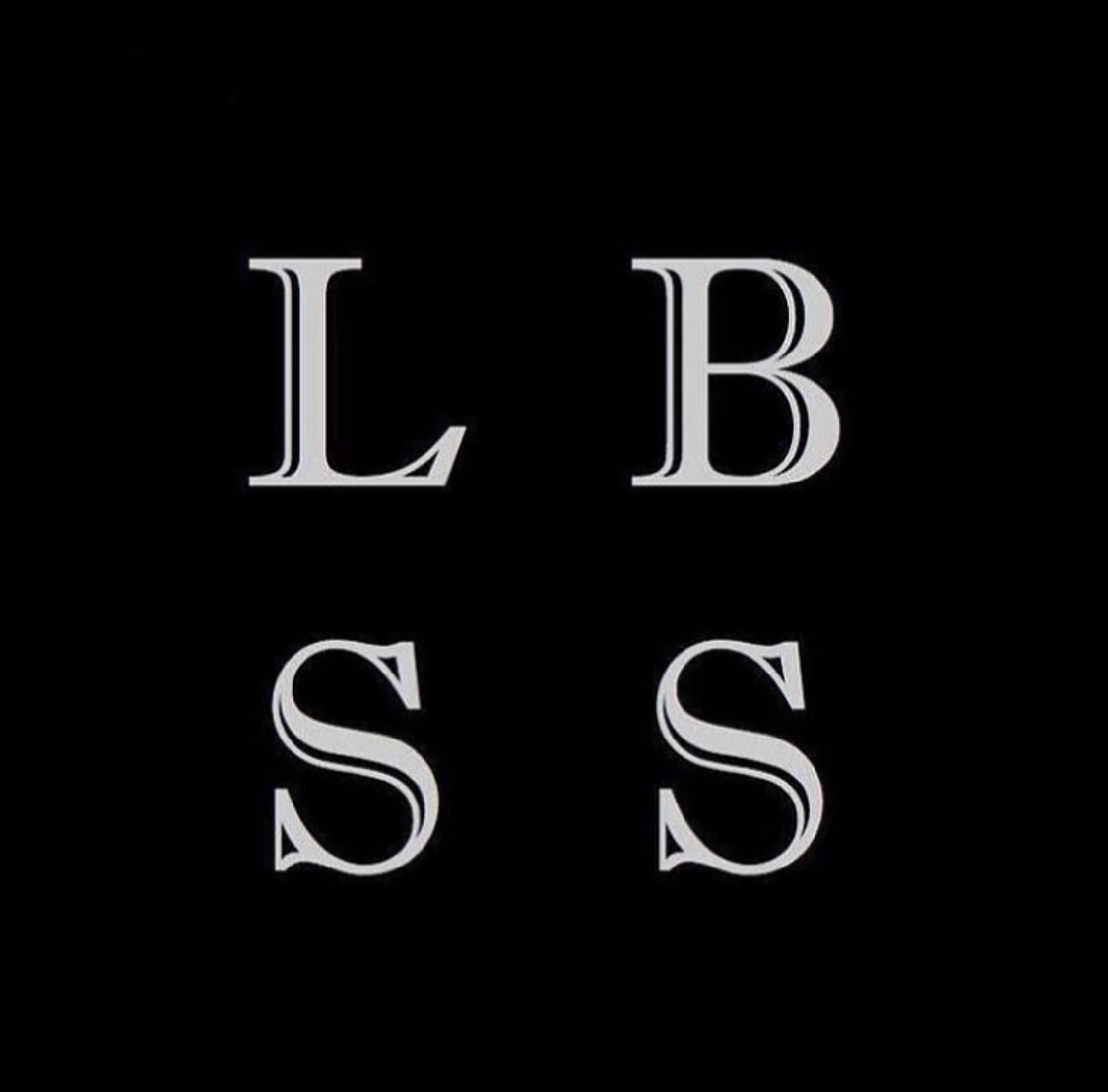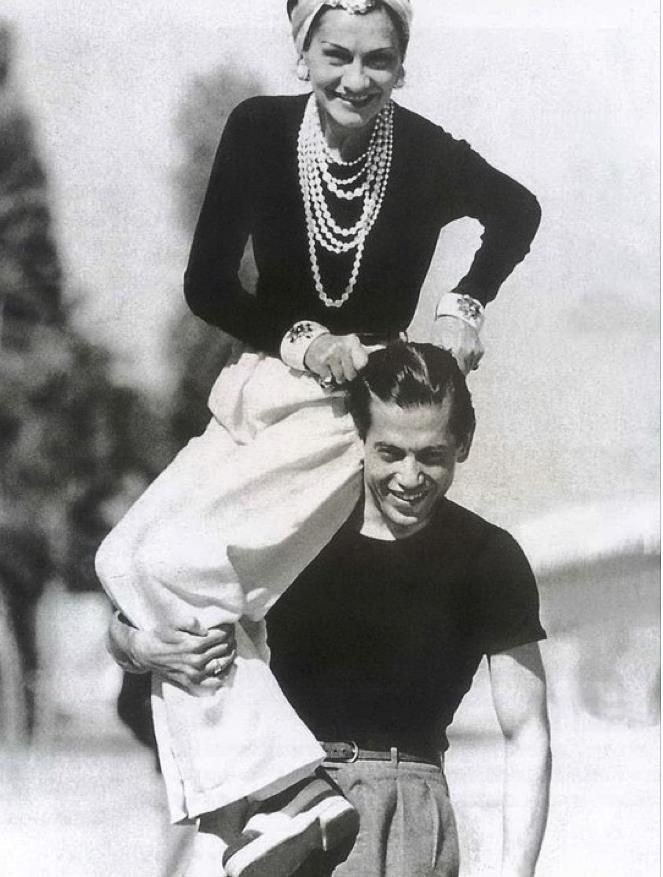In our fast-paced and emerging world, we often treat time as our enemy: we are often pressured by it, we sense we don’t have enough of it, we feel it slipping away from us or passing by too quickly. We long for more and aspire for boundlessness. We want to be remembered and relevant. We want to be timeless.
“Timeless” refers to something unchanged by time, which is as good and true now as it was when created. The only way to attain it, is by being classic. “Classic” is something judged over a period of time to be of the highest quality and outstanding of its kind. Therefore, “classic is timeless” is a cultural axiom in which the terms are not interchangeable, yet they are complementary.
The concept of classicism in arts, literature or architecture refers to the aesthetic emphasizing principles such as simplicity, harmony, clarity, beauty. The values of classicism surpass the artistic universe and should be integrated in our daily lives. One of savoir-vivre’s aims is transmitting sophistication and there is nothing more sophisticated than simplicity, as DaVinci used to say. Hence, being classic puts us on the path of reaching the savoir-vivre we are chasing.
“Classic” is a universal standard that transcends time, carrying the person who adheres to it closer to infinity. Describing something or someone as classic is one of the most beautiful compliments that can be addressed and received: it englobes style, attitude, manners, and of course, timelessness. Understanding what classic is, seizing it into our lives, it’s also understanding how to turn the passing of time into our friend.
It is extremely reassuring to leave something behind us in these race-like times. Managing to make people remember us as classic is probably the only thing that will assure our timelessness. Staying classic in a forever changing environment will perpetuate forever.

